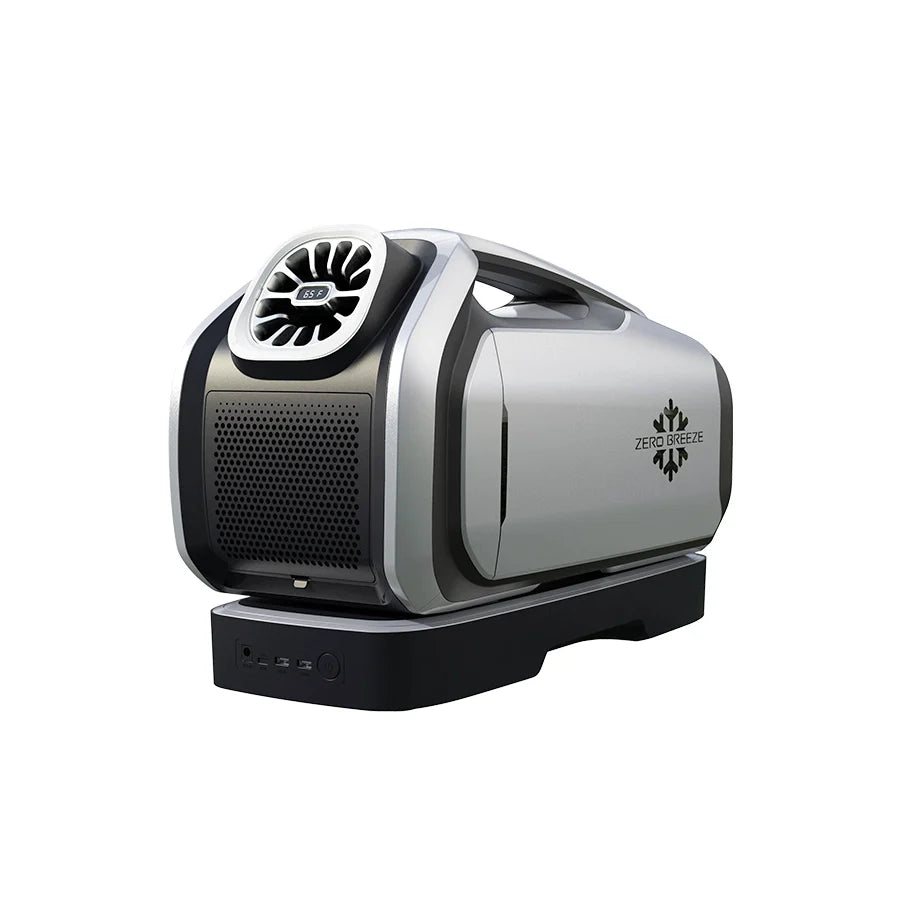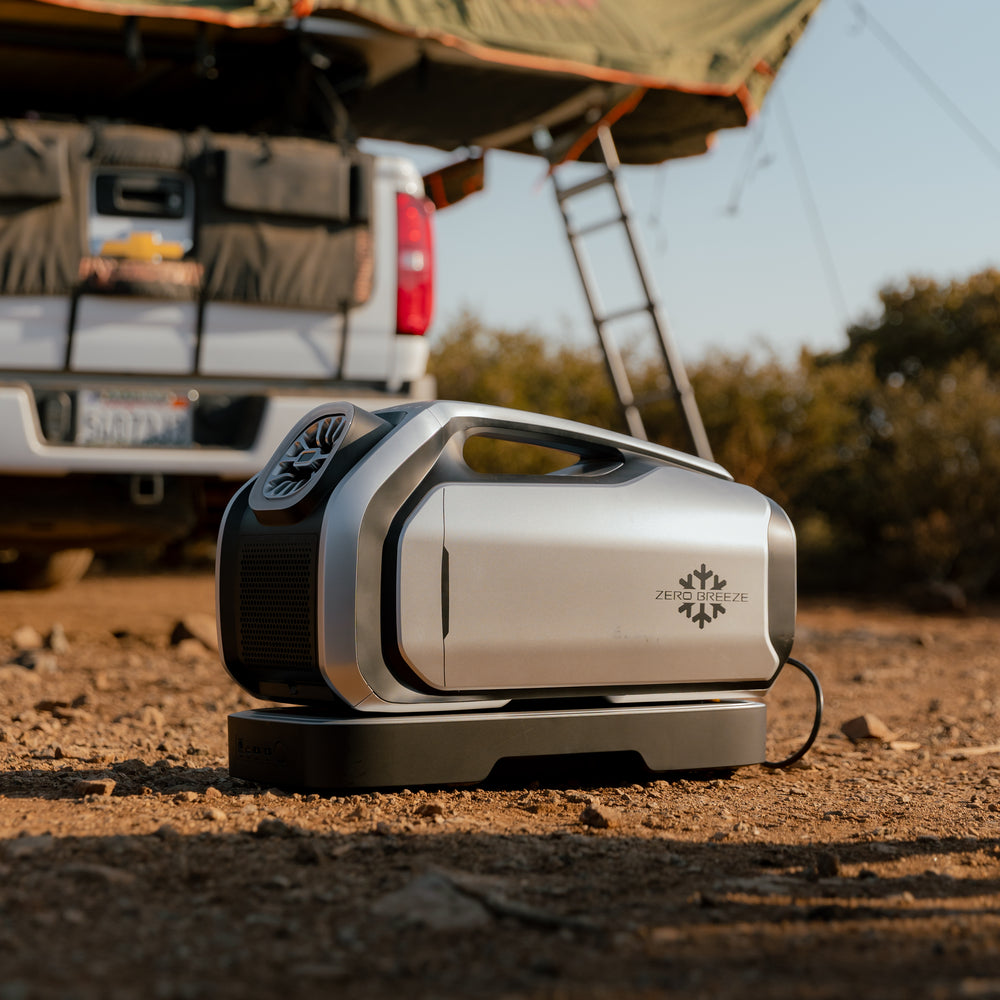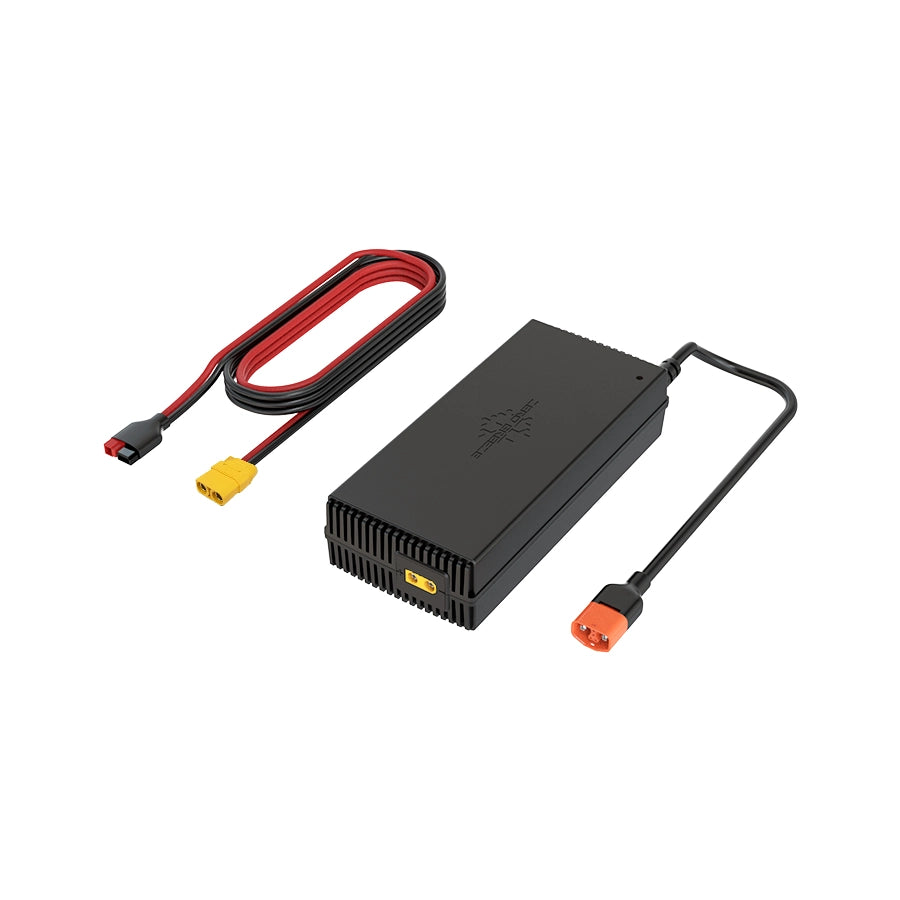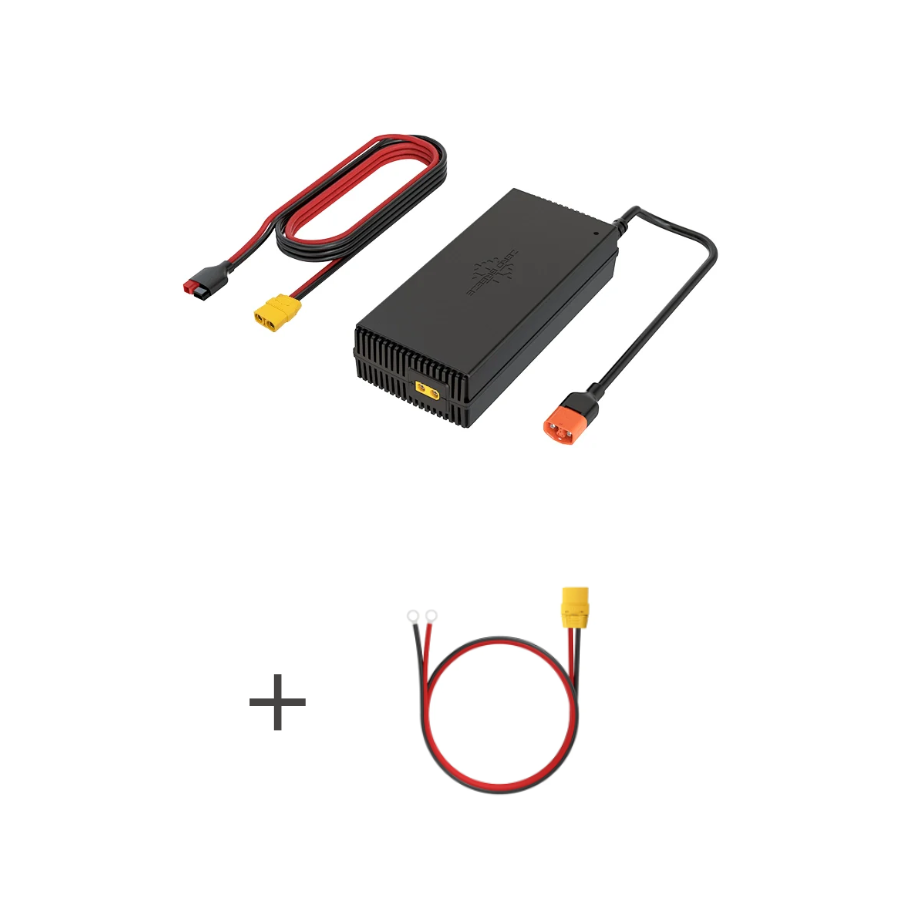The Secret to Staying Cool on Race Day: Meet ZERO BREEZE

Being a mechanic for an IndyCar team is no small task. You're part of a finely tuned machine, the unsung hero working behind the scenes to make sure every detail is perfect—down to the smallest bolt. On race day, the paddock is alive with movement: final checks, tire changes, and data reviews. There's a quiet intensity as the clock ticks down to the green flag. For John, a seasoned mechanic on an IndyCar team, this is where months of preparation come to life.
But as summer sets in and track temperatures soar past 100°F, the stakes climb even higher. Because while a car's setup is critical, there's another, often-overlooked factor that can make or break a race: keeping the driver cool.
The Heat Is On: Why Driver Cooling Matters
Imagine climbing into a fireproof suit, securing a helmet, and strapping into a tight cockpit surrounded by hot carbon fiber. Now sit there for hours while the sun beats down, the engine heats up, and airflow is minimal—especially with the aeroscreen reducing ventilation even further. It's not just uncomfortable; it's dangerous. According to Skratch Labs, drivers can lose 5–10 pounds in sweat during a single race, and cockpit temperatures regularly hit 120–140°F.
For IndyCar teams, managing that heat is as vital as any tire strategy. If the driver overheats, focus fades. Mistakes happen. Performance drops.
The traditional tools? Big, noisy fans. Custom blowers. Ice vests. Teams have tried it all. But these methods only move hot air around or provide temporary relief. They're bulky, loud, and a hassle to position in tight pit spaces. And worst of all, when it's time to roll out for the start, everything has to be stripped away—leaving the driver to face the heat alone.
The Game-Changer: A New Way to Beat the Heat
At the Music City Grand Prix, John noticed something different. While making his usual rounds, he spotted a crew member from Chip Ganassi Racing carrying what looked more like a medical device than pit equipment—a compact, battery-powered unit with a duct attached.
"It's a portable AC," the crew member explained. John was stunned. Not a fan. Not a blower. An actual air conditioner delivering real cold air, right there in the paddock.
It was the ZERO BREEZE Mark 2, and it didn't take long for word to spread. Soon, John saw other teams adopting the same solution—quietly swapping out their clunky fan setups for this sleek, powerful unit. It wasn't just a gadget; it was a game-changer.
For years, teams like John's had spent hours rigging up custom cooling solutions—ductwork, oversized fans, makeshift air systems. But none of them truly solved the problem. The Mark 2 did.
Suddenly, teams like Andretti Autosport, Ed Carpenter Racing, and RLL Racing were all making the switch. The benefits were immediate:
- Drivers stayed cooler during grid waits.
- Crews worked faster without wrestling with heavy equipment.
- Communication improved without the roar of loud fans.
Next-Level Cooling: Why Mark 3 Is Built for the Toughest Conditions
Success with the Mark 2 pushed us to go even further. Introduce the ZERO BREEZE Mark 3—built to handle the most extreme heat with even more power and flexibility, while keeping the same portability that teams love. Here is why the Mark 3 can meet the cooling needs of elite motorsport teams:
- Portability Without Compromise
The Mark 3 stays true to its compact, lightweight design (22" x 10" x 12", 22 lbs). Tight pit lanes, crowded garages, and limited grid space? No problem. With its ergonomic handle, crew members can move it quickly and easily without getting in the way or slowing down critical pre-race routines. When it's go-time, removing or repositioning the unit takes just seconds—no hassle, no delay.
- Battery-Powered Freedom
Forget dragging around loud, heavy generators or searching for pit power. The Mark 3 can run on its own battery, delivering true plug-and-play cooling wherever it's needed.
With 2–7 hours of runtime on a single battery (depending on mode), and rapid recharging from 0–80% in just 2 hours, the Mark 3 is built to last through the demands of race day. Need more runtime? Simply connect multiple batteries together for extended performance, so your drivers stay cool and focused from warm-up laps to the checkered flag.
- True, Targeted Cold Air
Unlike standard fans that just push hot air around or swamp coolers that add unwanted humidity, the Mark 3 is a true air conditioner, using advanced micro twin-cylinder compressor technology to deliver real, chilled air—exactly where it matters most.
With the front air outlet duct installed, you can aim cold airflow directly into the cockpit, at the driver's helmet intake, or over the driver during grid waits. It's focused cooling that keeps drivers sharp, safe, and ready to perform.
- Over Double the Cooling Power
When the heat is at its worst, the Mark 3 steps up. With 5280 BTU—more than twice the cooling capacity of the Mark 2—it rapidly lowers temperatures to protect driver's health and boost performance.
Pre-race, it helps drivers stay cool and mentally sharp. Post-race, it becomes critical in quickly lowering core body temperature to prevent heat stress, which is essential during summer races on blistering street circuits or ovals.
- Customizable Modes
-
Crank up Rocket Mode to blast cool air into the cockpit before green flag.
-
Use Care Mode post-race to deliver comfortable airflow without shocking a sweat-soaked driver with ice-cold air.
- Quiet Operation
In the chaos of race day, communication is critical. Unlike loud fans or large blowers, the Mark 3 runs at just 46dB, allowing clear radio communications and pit conversations—even while cooling the driver or team.
- Fast, Simple Setup
IndyCar teams move fast, and so does the Mark 3. Power it up with the battery, press one button, and enjoy instant cold air—no complicated procedures, no downtime.
Three. Two. One. Cool.
John told us, "As a mechanic, it's always about finding the best tools for the job. With Mark 2, the job got a whole lot easier. For the first time, we finally had the solution we'd been searching for—a cooling system that worked as hard as the drivers do."
Now, with the Mark 3, that solution is even more powerful.
For IndyCar teams facing relentless heat, ZERO BREEZE portable air conditioners aren't just another tool in the paddock. They're the difference between survival and peak performance. When the temperatures rise and the pressure mounts, let the Mark 3 handle the heat—so your team can stay locked in on what matters most: winning.












Leave a comment